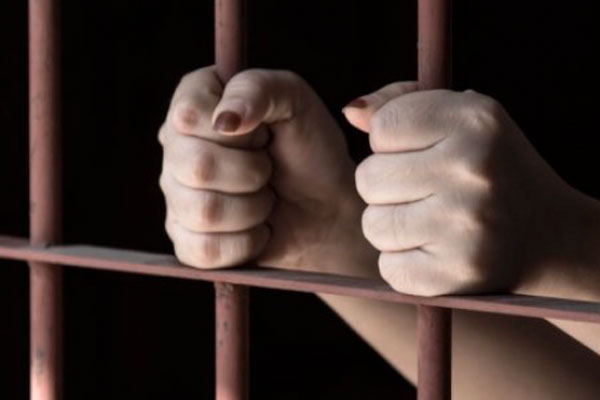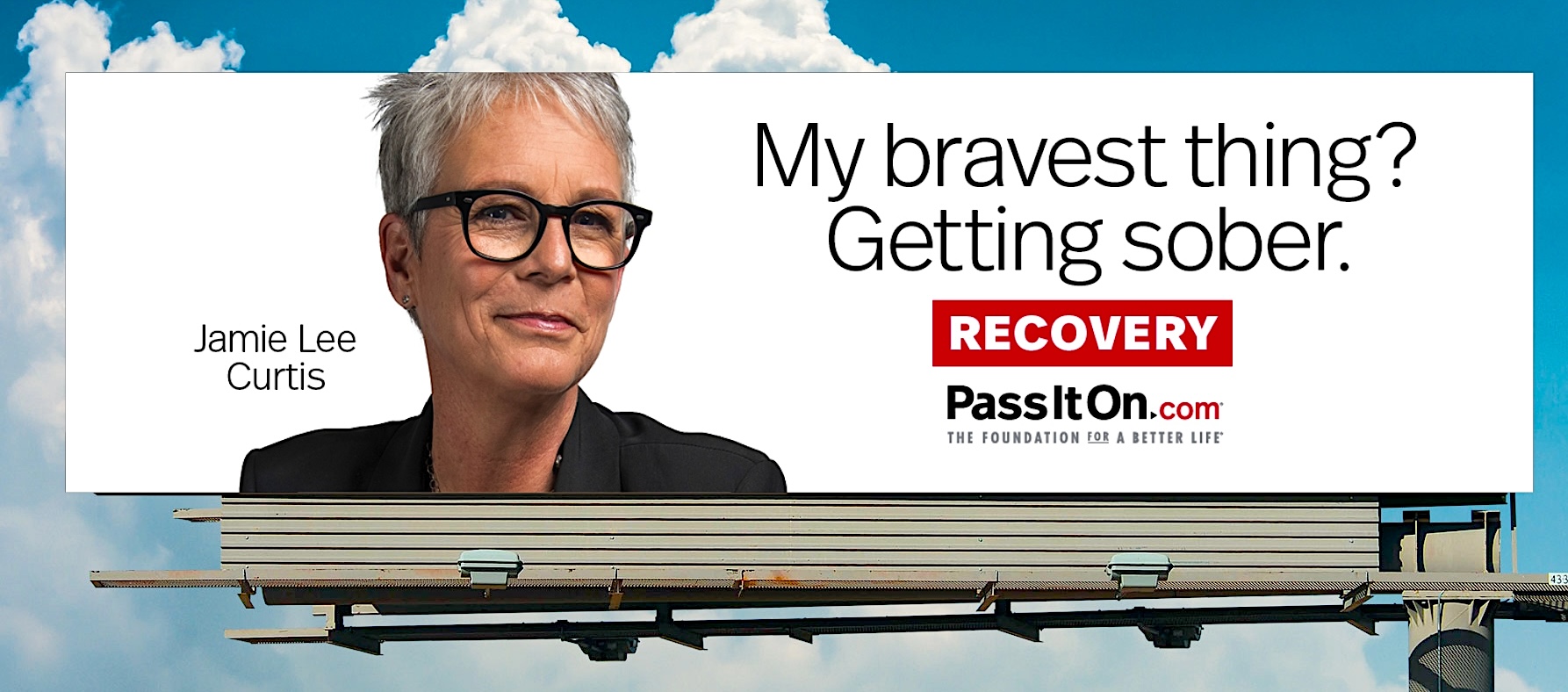100% WRONG –
Sept. 24, 2024 -A new look into addiction treatment availability in the U.S. criminal justice system reveals that fewer than half (43.8%) of 1,028 jails surveyed across the nation offered any form of medication for opioid use disorder, and only 12.8% made these available to anyone with the disorder. With two0-thirds of people who are incarcerated in U.S. jails experiencing a substance use disorder — in many cases, an opioid use disorder — the failure to make these medications widely available in criminal justice settings represents a significant missed opportunity to provide life-saving treatments in an environment where people in need of care can be easily reached.
(link is externa of people who are incarcerated in U.S. jails experiencing a substance use disorder — in many cases, an opioid use disorder — the failure to make these medications widely available in criminal justice settings represents a significant missed opportunity to provide life-saving treatments in an environment where people in need of care can be easily reached.
The study, published in JAMA Network Open and supported by NIH’s National Institute on Drug Abuse (NIDA), also found that most jails did offer some type of substance use disorder treatment or recovery support (70.1%). The most common reason jails cited for not offering medications for opioid use disorder was lack of adequate licensed staff (indicated by 49.8% of jails). In general, larger jails, those in counties with lower “social vulnerability” (lower levels of poverty and unemployment, and greater education, housing, and transportation access), and those with greater proximity to community-based providers of medications for opioid use disorder were more likely to offer these treatments.



